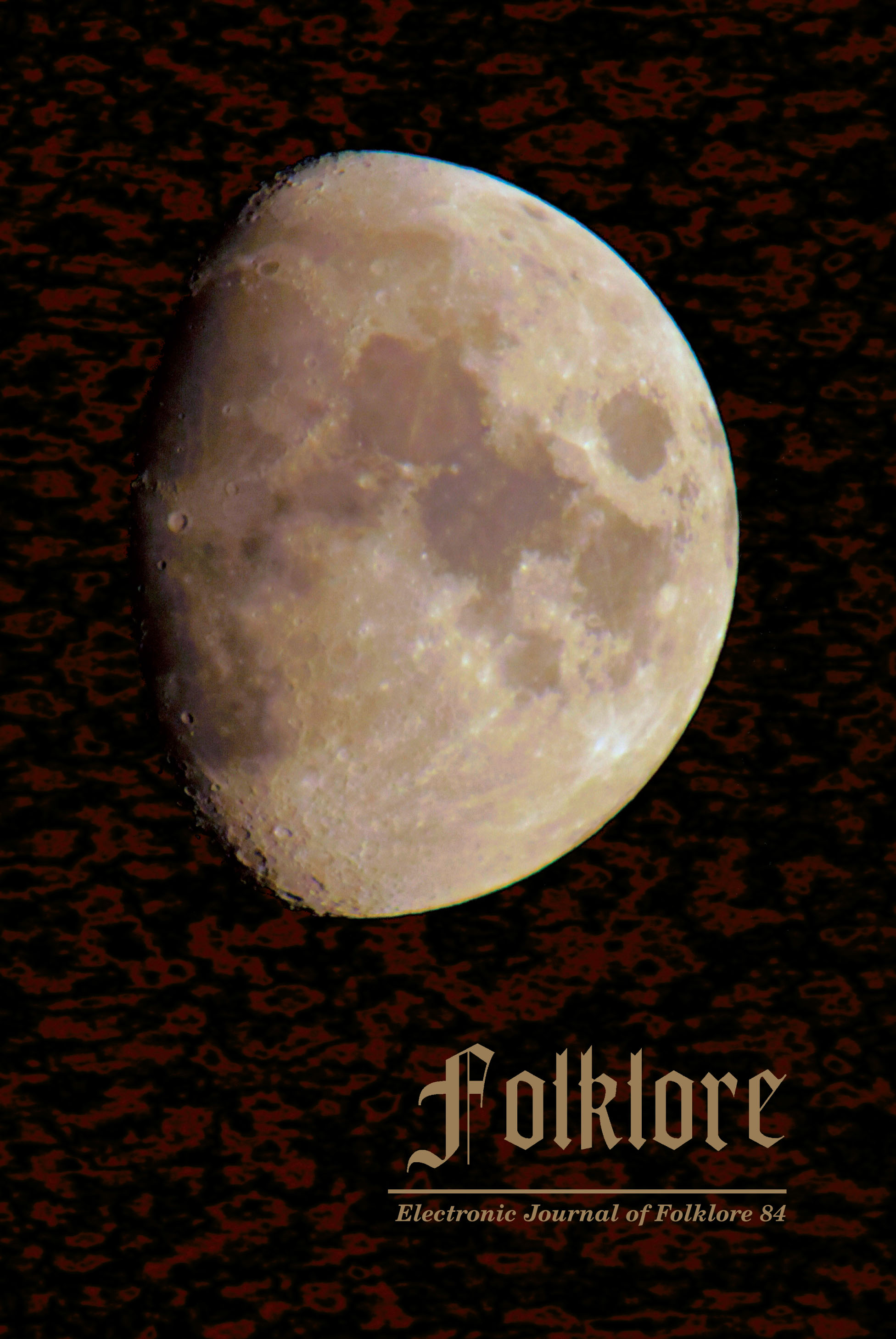The Image of the German, the Pole, the Latvian, and the Lithuanian in Lithuanian and Latvian Folklore
The Image of the German, the Pole, the Latvian, and the Lithuanian in Lithuanian and Latvian Folklore
Author(s): Laimutė Anglickiene, Antra KļavinskaSubject(s): Customs / Folklore, Cultural Anthropology / Ethnology, Culture and social structure
Published by: Eesti Kirjandusmuuseum
Keywords: folklore; folk songs; Germans; Latvians; Lithuanians; paroemias; Poles;
Summary/Abstract: In multi-ethnic societies, one way in which ethnicity manifests itself is in classifying people according to their ethnic origin. Such classification is based on stereotyping and is typically achieved by emphasizing certain common characteristics rather than individual particularities. Both lived experience and folklore corroborate the fact that ethnic stereotypes, ethnic self-awareness, and identity are also influenced by historical circumstances. This article focuses on Lithuanians’ and Latvians’ attitudes towards Poles and Germans, and towards one another during the period between the eighteenth and the first half of the twentieth centuries. The aim of this article is to reveal how the folklore of the two neighbouring nations, Lithuanians and Latvians, depicts the aforementioned ethnic groups; what historical events, cultural and social factors determined the similarities and differences in their portrayal in Lithuanian and Latvian folklore.
Journal: Folklore: Electronic Journal of Folklore
- Issue Year: 2021
- Issue No: 84
- Page Range: 49-76
- Page Count: 28
- Language: English

